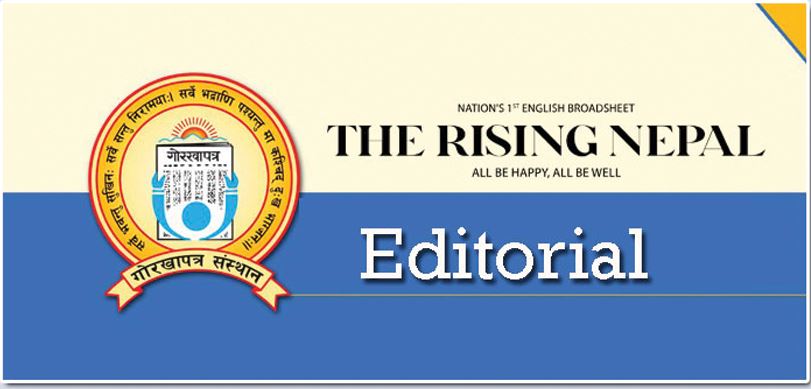- Thursday, 3 April 2025
Operate Clock Tower
Ghantaghar (clock tower), located in the heart of Kathmandu, stands as a witness to the modern history of Nepal. The capital's landmark itself heralds modernity. The then Rana prime minister Bir Shumsher ordered the construction of the iconic tower on the model of Big Ben in London, showing the Western influence. But it had to be rebuilt after the 1934 earthquake. As a timekeeper, its bells chimed hour after hour. The Ghantaghar reflects architectural ingenuity, combining international engineering and Nepali craft.
The ticking of the clock had a big meaning to Nepalis languishing in the closed yet repressive society, which then rulers might not have been aware of. And Ghantaghar used to remind them how time was flying with no changes in their life. Nonetheless, it has become the symbol of the city's spirit that connects both residents and visitors alike. Just like a wise elder observing the city's bustling streets, this clock tower has come to embody the beating heart of Kathmandu's ever-evolving identity. For many decades, it has offered city dwellers a sense of order and continuity in their daily lives.
Alas, the time-telling monument has fallen silent following the retirement of the main operator of the tower two years ago. It raises serious concerns about how the authorities value the historical site. Despite various pledges from different organisations, little has been done to ensure the continued operation of the regular striking of the clock. The renovation of the tower has not been completed for years due to bureaucratic delays and a lack of accountability. The issue at hand is not only about technical or renovation but also about a managerial aspect of the clock tower. The concerned bodies have failed to ensure a seamless transition of responsibilities.
No successor was trained for years to operate the clock to make sure that there is no vacuum of the caretaker-cum-operator. It implies a mismanagement of a serious kind in maintaining the heritage site. Similarly, the slow pace of the renaming work shows the inefficiencies within the agencies concerned. They would have prioritised its restoration and operation long ago if they had valued this cultural heritage. It is necessary to hire experts for the training of the operations so that the tower can keep on working without any hindrances. In case that is a requirement, local government officials need to intervene to avoid further deterioration due to negligence.
The government agencies should take concrete actions to quicken the renovation process and immediately hire and train qualified personnel to keep the clock on the tower running and chiming. Failure to renovate and operate the remarkable heritage also shows flaws in our governance system. To make sure Ghantaghar is cared for in the long term, the concerned authorities should treat it as an inseparable part of city life. The concerned authorities must have a plan to maintain it for generations to come. It is also necessary to fix the dysfunctional clock to prove that the administration is efficient and effective in addressing the public concerns and problems. It requires the collaborative effort of city leaders and heritage experts to manage the clock tower and prioritise its preservation.















